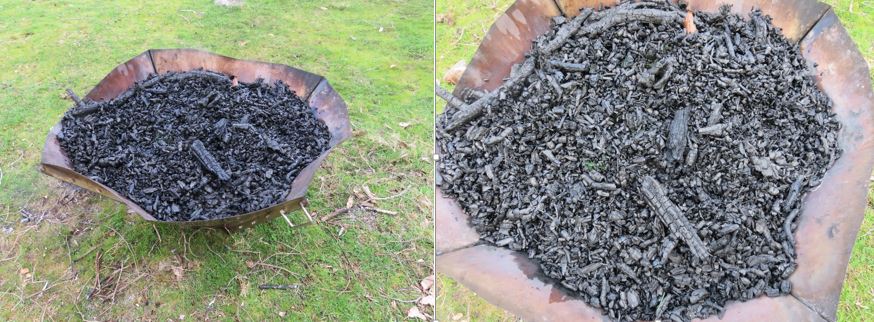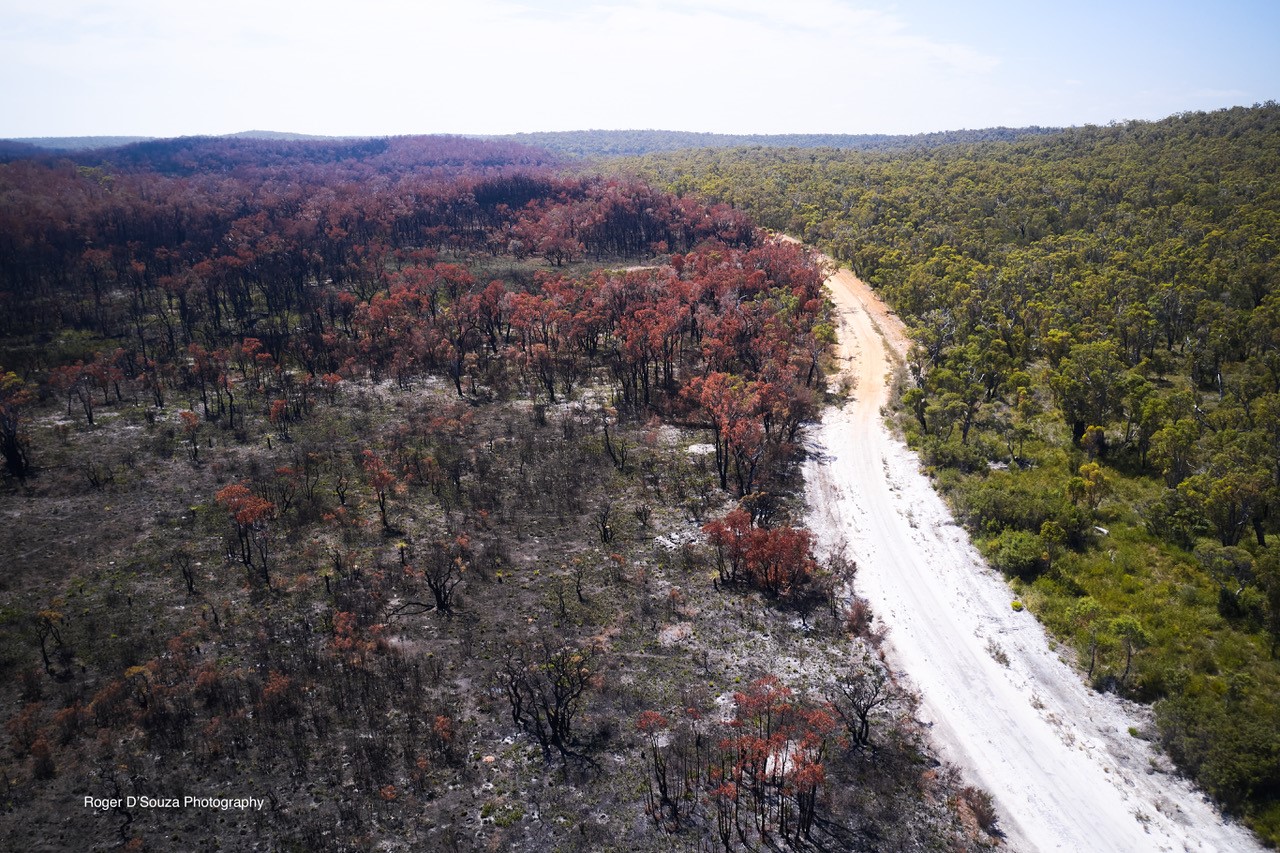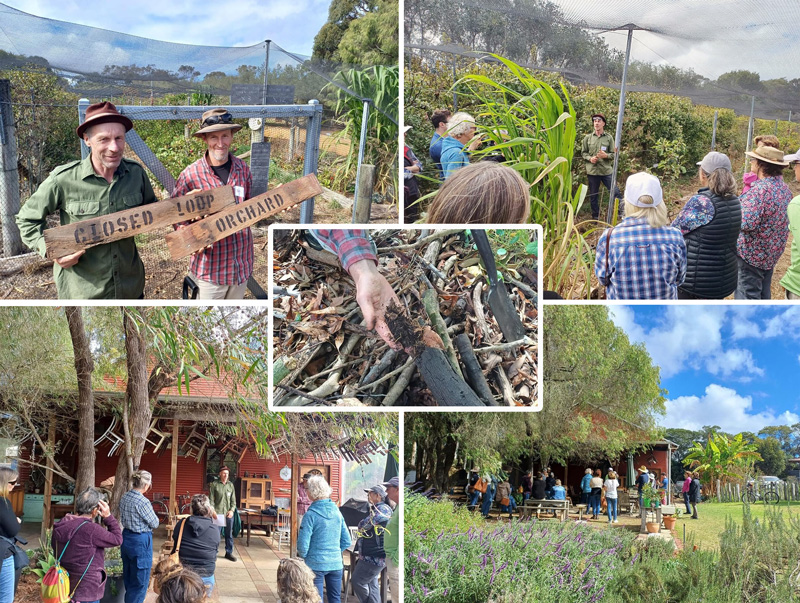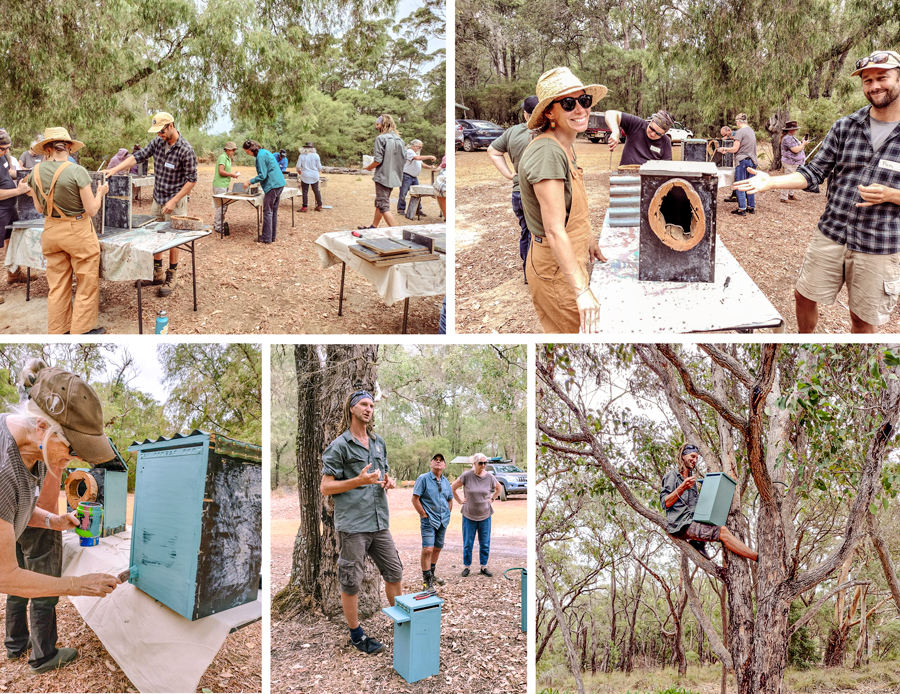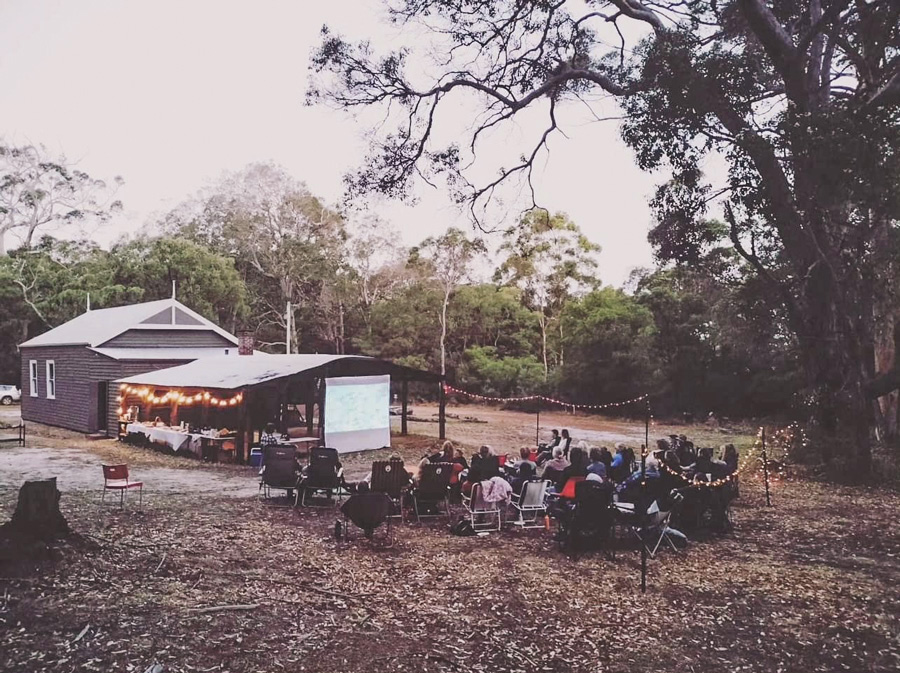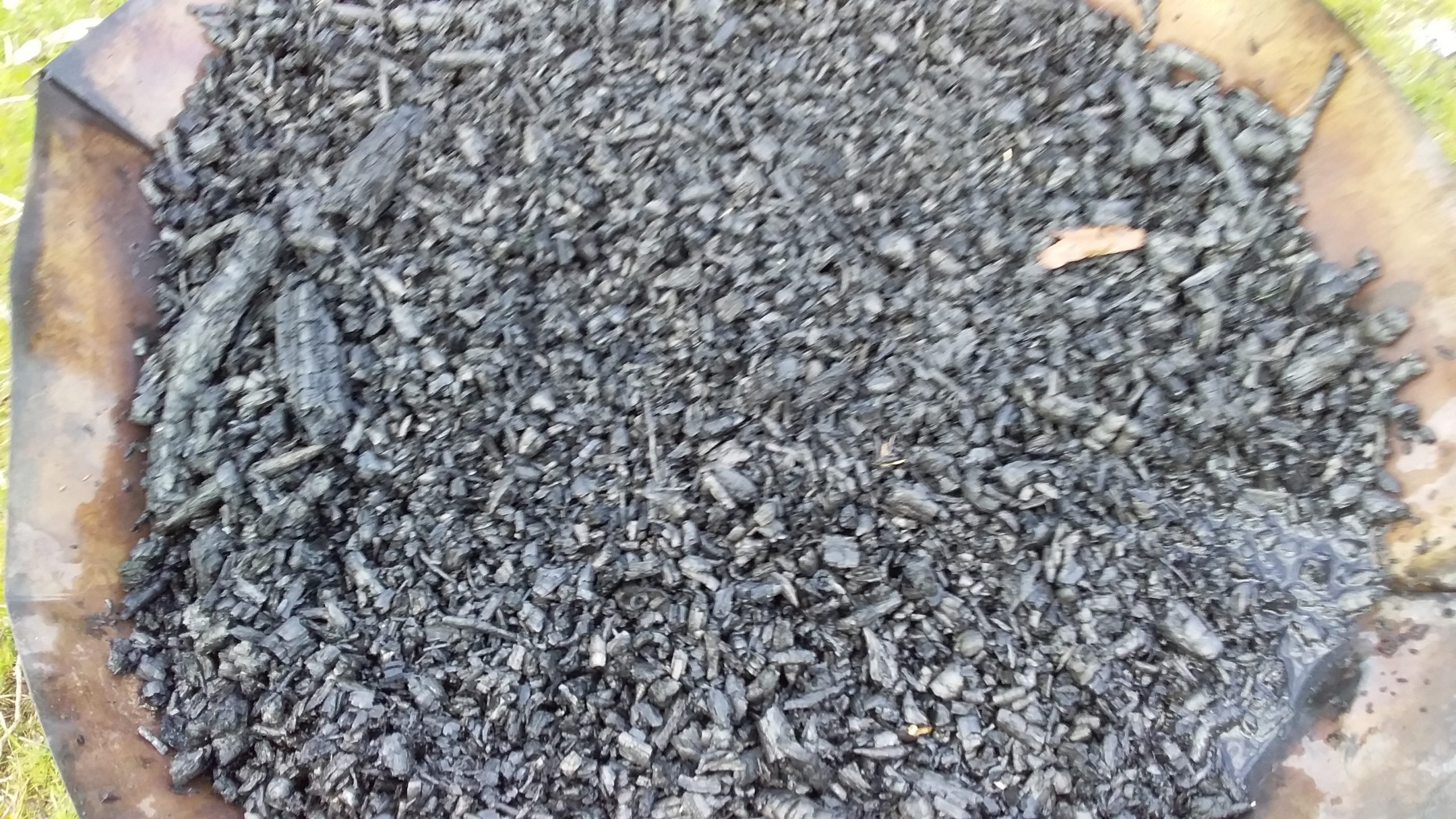
Biochar is a fantasitc product for improving soils and plant health and growth. An example of this is terra preta, which is a type of soil found in the Amazon rainforest. Rainforest soils are notoriously poor but terra preta are highly fertile areas within the rainforest which were shown to have been improved by the addition of biochar. What is even more exciting is the benefits of those biochar additions have lasted for centuries.
Biochar benefits include: improving soil water and nutrient retention; acting as a pH buffer; providing a matrix for beneficial microbes to colonise; absorbing methane and nitrous oxide and retaining them in the soil; and last but not least acting as a very stable form of carbon, it prevents that carbon entering the atmosphere.
Biochar can be made from any type of woody material and it can be made on a small scale utilising small twigs, and branches and leaves that would otherwise find there way on to fire heaps where the carbon is burnt off into the atmosphere or turned into compost or mulch where a fair percentage of that carbon also ends up in the atmosphere.
Making biochar on the small scale
Start with a pyroliser and pile of twigs and fallen branches
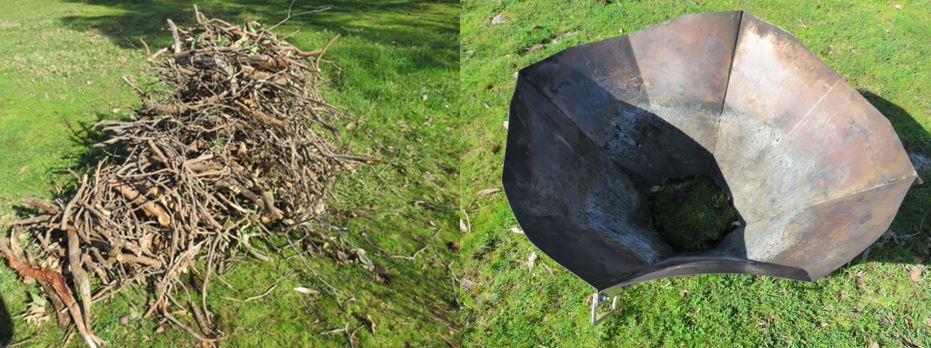
Light your pyroliser and keep adding to your fire this will take anywhere from 1 and a half to 2 and a half hours depending upon the size for your woody materials

Once its full or you’ve run out of materials to burn add water to ensure the embers do not continue to burn. A full pyroliser will yield about 100 litres of biochar.
